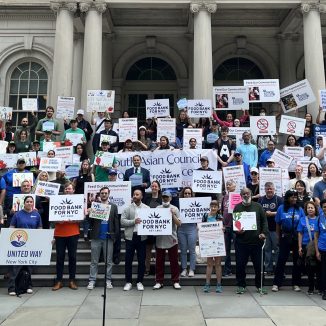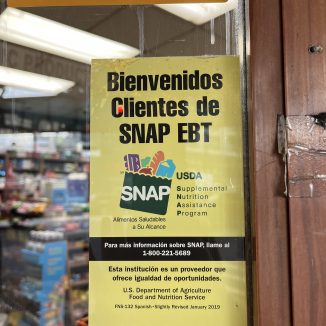Category: Advocacy
-

Joint Statement in Response to the New York City Budget
See More -

A Letter from the Desk of Jilly Stephens in Response to the Senate Vote
See More -

A Letter from the Desk of Jilly Stephens in Response to the House of Representatives Vote
See More Joint Statement in Response to Governor Kathy Hochul’s 2025 State of the State Address
See MoreJoint Statement with Food Bank For New York City and United Way for New York City in Response to the Fiscal Year 2024 Executive Budget
See MoreJoint Statement with Food Bank For New York City and United Way for New York City in Response to the Fiscal Year 2024 Executive Budget
See More